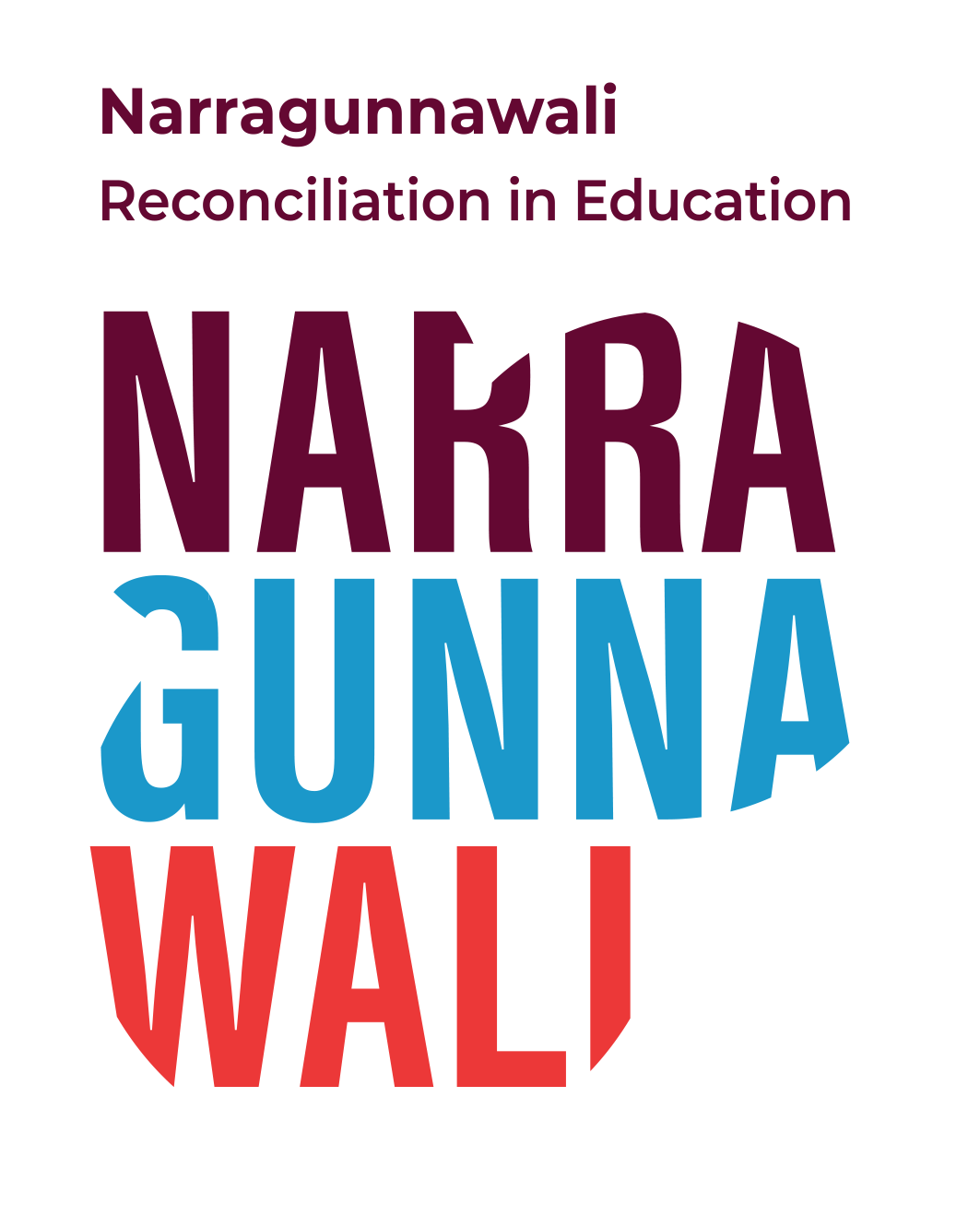
Lionel Lovett, President of the local Aboriginal Education
Consultative Group (AECG) and Wiradjuri language teacher
at Parkes Public School, teaches language at the school
he attended as a student himself. When he was a student
he learnt about language and culture through books. Now,
language is visible and alive in every classroom, around the
school and across the community. “Language is all around
... The names of farms, the names of creeks. You can see
it. The words have to have a meaning, and with meaning
comes appreciation and understanding”, says Lionel.
The Wiradjuri Language program started a decade ago
in primary schools and is now taught from early learning
services through to secondary schools, creating pride in
the next generations. There are also community Wiradjuri
language classes that are supporting a positive shift in
attitudes toward Aboriginal and Torres Strait Islander
cultures. “Anyone can come in and see what we’re doing
... it’s a real collaboration”, says Lionel when describing
the classes. “Reconciliation is definitely a word that you
can use to describe the language program ... Aboriginal
students have gained confidence and relationships are
stronger with their non-Indigenous peers”, he adds.
This year, students from schools in Parkes were invited
to be part of barrangal dyara (skin and bones). This epic
installation by Wiradjuri/Kamilaroi artist Jonathan Jones
was presented for the
32nd Kaldor Public Art Project at the
Royal Botanical Gardens in Sydney from 17 September – 3
October.
The artwork’s name,
barrangal dyara, means ‘skin and
bones’ in the local Sydney language. To construct the
work, 15 000 bone-white shields were carefully placed to
retrace the parameters of the Garden Palace, a colonial
building that briefly towered over Sydney in the 19th
century. The palace showcased Australia’s major exports
and housed a large number of Indigenous objects collected
from the colonial frontier. In 1882, the building burnt to the
ground in a devastating fire that destroyed everything
within it.
Jones’ installation is a response to the immense loss
felt throughout Australia due to the destruction of these
culturally significant objects, many of which were from
Wiradjuri Country. It is also a revival of a story of great
significance to Indigenous and non-Indigenous Australia.
A soundscape of eight Aboriginal languages from southeast
Australia was heard by thousands of visitors from
around the world who attended barrangal dyara (skin and
bones). These languages represented the groups from
which the objects within the Garden Palace came. The
soundscape included the following Wiradjuri words spoken
by high school students Michael, Nicayden and Kyah from
the Parkes community:
winhanga-y-gunha-nha gayaa
(remember the shovel)
winhanga-y-gunha-nha wargang
(remember the canoe)
winhanga-y-gunha-nha bugang
(remember the necklace)
In September, 15 students and 10 teachers, including
Michael, Nicayden and Kyah, were invited by Kaldor Public
Art Projects to witness firsthand their contribution to the
artwork installation. While in Sydney, and as part of the
Public Program for the installation, students spoke with
Jonathan Jones to a full audience about their experience of
learning language at the Royal Botanic Garden.
The trip highlighted to students and teachers the scale of
the project, and the significance of being able to contribute.
“We didn’t realise the enormity of the project, the scale
of the work” says Lionel. “It was tricky getting everyone
together from the different schools, but in the end we
thought ‘wow, look what we’ve done’. It definitely put a
feather in our cap.”
To learn more about
Wiradjuri language in Parkes, watch ABC Open’s Our Mother Tongue: Wiradjuri.




